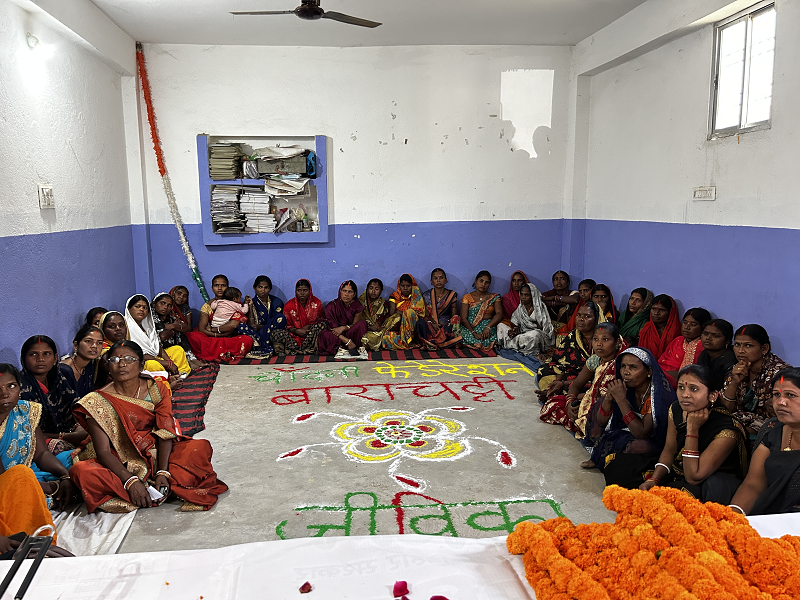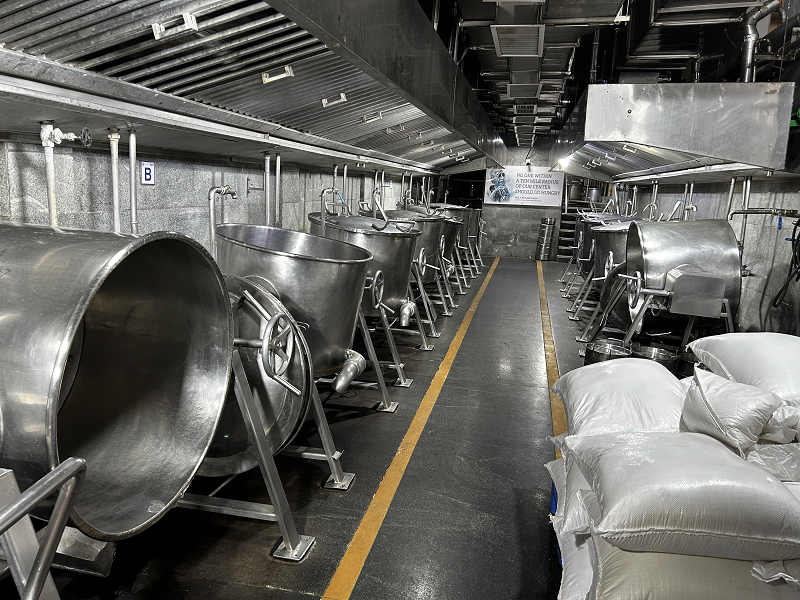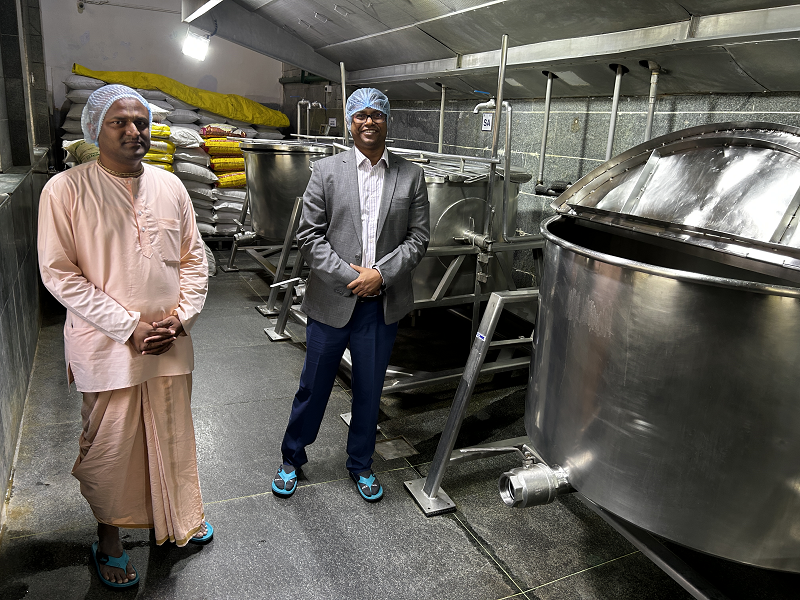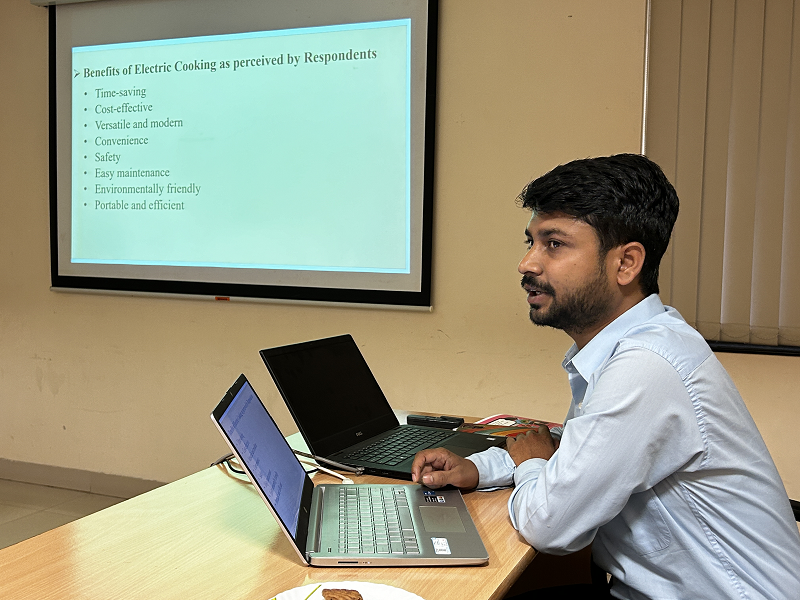
- Date
- 10th April 2024
- Categories
- eCooking, Scaling eCooking
By Dr. Nick Rousseau (Loughborough University)
I recently spent some time in India with the Finovista team and a few particular observations and insights seemed worth reporting, and show the huge potential for scaling eCooking in that market.
Awareness of induction cooking
I have been surprised on several occasions to hear from people that they have wanted to switch to eCooking for some years. Also, that many people have already switched to eCooking.

Vimal Kumar (Finovista) and I visited an ISKCON temple in Bengaluru in the State of Karnataka in Southern India. They have a massive kitchen where they cook for disadvantaged children and another kitchen for visitors from around the world.

Vedavyasa Dasa, the monk managing this that we met said he had been aware of the potential for eCooking for years (he had an IT background before becoming a monk) and that he has visited many organisation canteens to see their set-up. He observes that when an organisation wants to refit or set up a canteen, they will generally switch to eCooking as it is well understood that this will bring benefits. He has finally gained the agreement of his senior managers to pilot eCooking and is eager to set this up as soon as possible.

We heard about the findings from a household survey we have commissioned with the National Institute of Advanced Studies (NIAS). Dr. Rudrodip Majumdar (Principal Investigator, and Assistant Professor at NIAS) and his Project Associate Mr. Rajeev Kumar showed that of the 910 Bengaluru households interviewed across low and medium-income families, 84% cook exclusively with LPG, 6% combine LPG with traditional fuels and the remaining 8% combine various eCooking appliances with LPG/traditional fuels. When asked if they wanted to transition to eCooking, 33% responded Yes and 29% Maybe, despite 41% reporting “load shedding” several times a week.


While in Bihar (a very rural state ranking 15th in terms of GDP), we attended an awareness-raising session run by a Clean Cooking Champion (as part of the Spark the Supply Chain pilot we are funding through IIT Mumbai) and asked how many of the women already had induction stoves – about one third put their hands up. They are offering eCooking appliances for INR 4,700 (57 USD) – this seemingly high cost does not seem to be a barrier to the level of interest of the women there.
We then visited a home in rural Bihar where the householders had bought an induction stove as part of this. The adult brother and sister told us that their neighbour had an induction stove and that they had wanted one for years but had not been able to get their electric set-up strengthened. When this opportunity came along, they jumped at the chance!

Power cuts
When in urban areas, people will say that you cannot expect people in rural India to adopt eCooking as the electricity supply is too unpredictable. Our observations challenge this view.
Yes, power cuts happen quite frequently in rural areas, some predictably and some short and unpredictable. People and organisations have learnt to live with this and the current extent of unpredictability does not prevent the use of electrical appliances.
While in Bihar, we observed an eCooking demonstration for a large group of local women. Midway through there was a power cut and the demonstration stopped. This raised questions about what would happen to the food in that situation.
We left because we had another meeting but the women stayed on – because they were still keen to understand the appliances and their potential. It did not seem to have caused the women to rethink their interests.
If we expected people to make a 100% switch to electricity and throw away all other fuels then power cuts would represent a significant barrier. However, people will continue to keep their LPG stoves and Chulhas. So, people can cook on electricity when they can and revert to another fuel when they cannot.
In summary, the belief that eCooking is desirable, despite power cuts, seems to be wide-spread across India.
………………………………
Featured image, top: Gathering of women to see eCooking demonstration (image credit: Nick Rousseau).